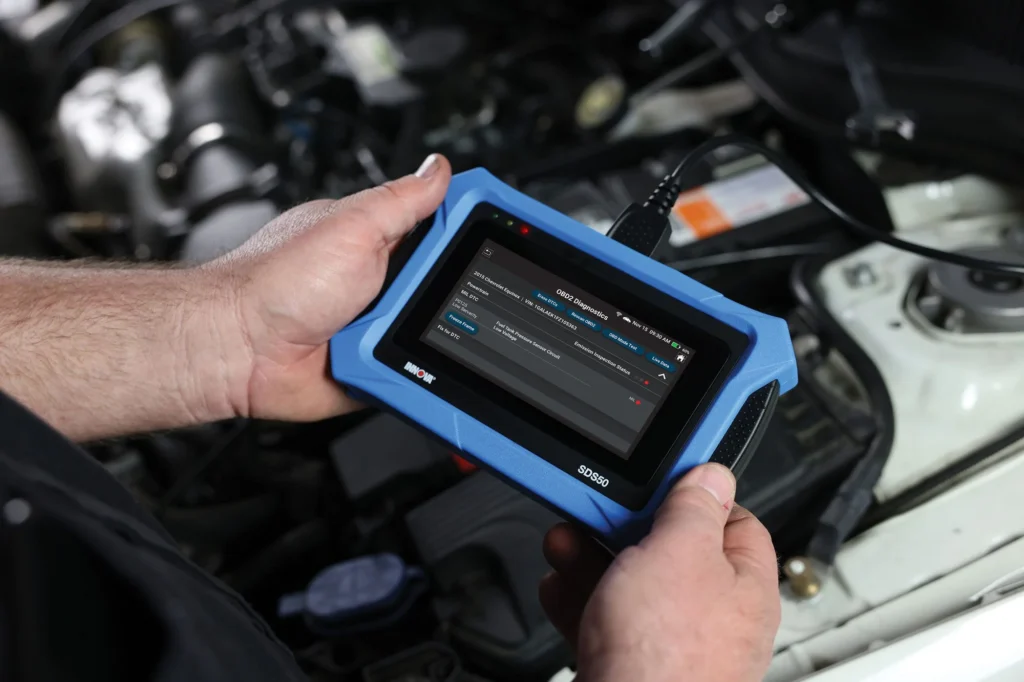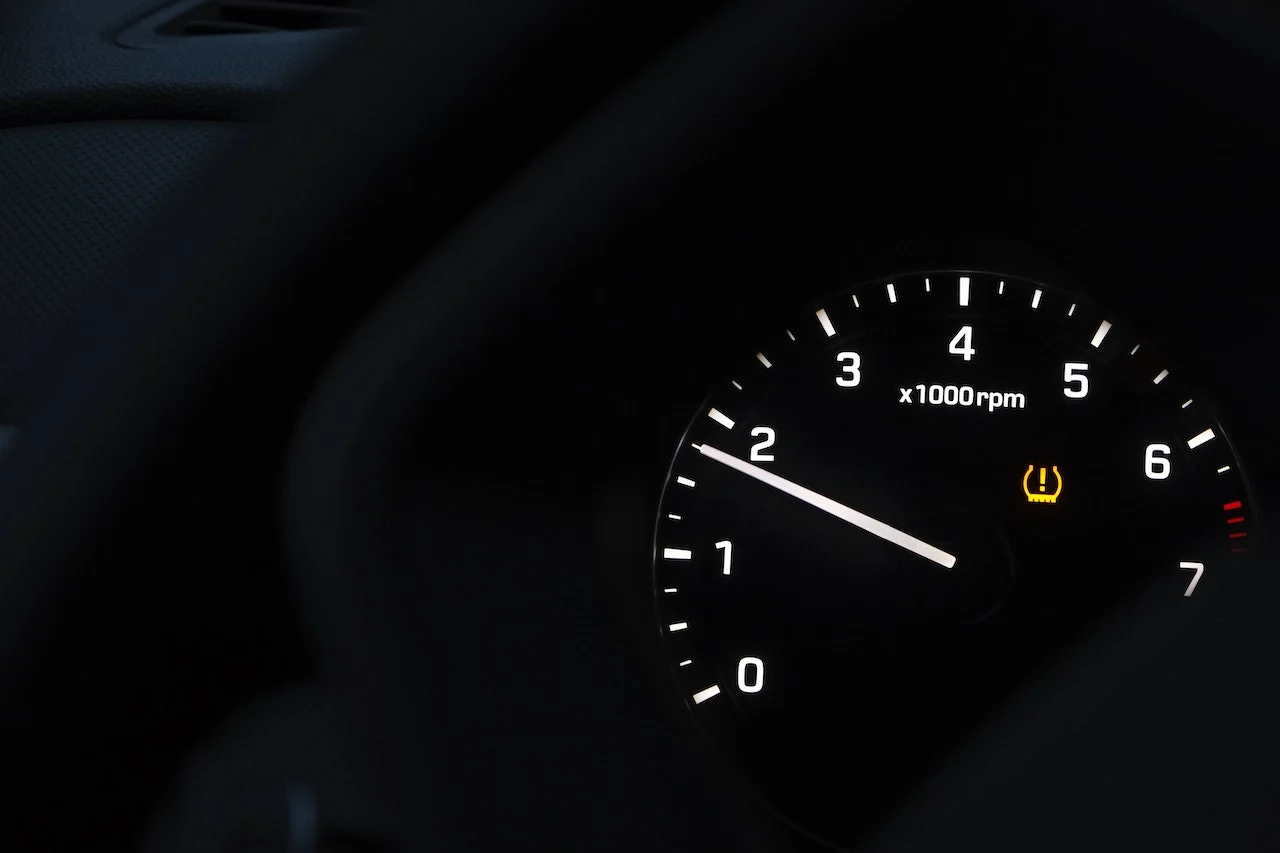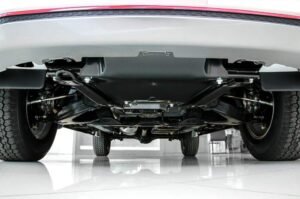It’s not uncommon for car owners to notice their RPM (revolutions per minute) gauge fluctuating while the car is parked. This seemingly minor issue can be both perplexing and concerning, especially for those who may not be familiar with the intricacies of how their vehicle operates.
Understanding the reasons behind these fluctuations is important for maintaining your car’s health and ensuring a smooth driving experience.
In this comprehensive guide, we’ll explore the various causes of fluctuating RPMs when your car is idle, from common and easily fixable issues to more complex problems that might require professional intervention.
By the end of this article, you’ll have a better understanding of what could be causing this issue and how to address it effectively.
Understanding RPM and Its Importance
RPM stands for revolutions per minute, which measures how many times the engine’s crankshaft completes a full rotation every minute. When your car is idle, the RPM should typically stay steady, usually between 600 and 1000 RPMs depending on the vehicle.
Fluctuating RPMs at idle can be a sign of underlying issues that need to be addressed to prevent further complications.
Common Causes of Fluctuating RPMs
- Vacuum Leaks
- What is a Vacuum Leak? A vacuum leak occurs when air enters the engine through a pathway that is not intended for air intake. This can disrupt the air-fuel mixture that the engine relies on for proper combustion.
- Symptoms: Hissing noises from the engine, rough idle, stalling, or poor fuel economy.
- Solution: Identifying and sealing the leak. This might involve replacing damaged hoses or gaskets.
- Dirty or Faulty Idle Air Control (IAC) Valve
- Role of the IAC Valve: The IAC valve controls the engine’s idle speed by regulating the amount of air bypassing the throttle plate.
- Symptoms: Erratic idle speed, engine stalling, and fluctuating RPMs.
- Solution: Cleaning or replacing the IAC valve to ensure it operates correctly.
- Faulty Mass Air Flow (MAF) Sensor
- Role of the MAF Sensor: The MAF sensor measures the amount of air entering the engine and sends this information to the engine control unit (ECU) to balance the air-fuel mixture.
- Symptoms: Hesitation during acceleration, rough idling, and fluctuating RPMs.
- Solution: Cleaning or replacing the MAF sensor to restore proper readings.
- Malfunctioning Throttle Position Sensor (TPS)
- Role of the TPS: The TPS monitors the position of the throttle and sends this data to the ECU to adjust the air-fuel mixture and idle speed.
- Symptoms: Unstable idle, poor acceleration, and fluctuating RPMs.
- Solution: Testing and replacing the TPS if it’s found to be faulty.
- Dirty Fuel Injectors
- Role of Fuel Injectors: Fuel injectors deliver fuel to the engine’s combustion chambers. Over time, they can become clogged with deposits.
- Symptoms: Rough idle, misfires, and fluctuating RPMs.
- Solution: Cleaning the fuel injectors to remove any deposits and restore proper fuel flow.
- Worn Spark Plugs or Ignition Coils
- Role of Spark Plugs and Ignition Coils: Spark plugs ignite the air-fuel mixture, and ignition coils provide the necessary voltage for this ignition.
- Symptoms: Misfires, rough idling, and fluctuating RPMs.
- Solution: Replacing worn spark plugs or faulty ignition coils to ensure efficient combustion.
- Engine Control Unit (ECU) Issues
- Role of the ECU: The ECU manages the engine’s operation, including the air-fuel mixture and idle speed.
- Symptoms: Erratic engine performance, including fluctuating RPMs.
- Solution: Diagnosing and reprogramming or replacing the ECU if necessary.
Diagnosing the Issue
- Visual Inspection
- Steps: Inspect vacuum hoses for cracks, loose connections, and other visible signs of damage. Check electrical connections to the sensors and valves mentioned above.
- Tools Needed: Flashlight, basic hand tools for checking connections.
- Using a Diagnostic Scanner
- Purpose: A diagnostic scanner can read error codes from the ECU, providing insight into which component might be causing the issue.
- Steps: Connect the scanner to the car’s OBD-II port, retrieve the error codes, and interpret them based on the manufacturer’s guide.

- Listening for Unusual Sounds
- Steps: With the engine running, listen for hissing sounds (indicative of vacuum leaks) or irregular noises from the engine bay.
- Tools Needed: None, just keen hearing and attention to detail.
Practical Solutions and Maintenance Tips
- Regular Maintenance
- Importance: Regular maintenance can prevent many of the issues that cause fluctuating RPMs. This includes timely oil changes, replacing air filters, and ensuring all components are clean and in good working order.
- Frequency: Follow the manufacturer’s recommended maintenance schedule.
- Cleaning Sensors and Valves
- Steps: Use appropriate cleaners for MAF sensors and IAC valves. Follow the instructions carefully to avoid damaging the components.
- Frequency: Depending on driving conditions, cleaning might be needed every 20,000 to 30,000 miles.
- Replacing Worn Components
- Steps: Replace spark plugs, ignition coils, and other wear-and-tear items as per the recommended intervals or when symptoms arise.
- Frequency: Spark plugs generally last 30,000 to 100,000 miles depending on the type.
- Using Quality Fuel and Additives
- Importance: High-quality fuel can prevent deposits in the fuel system, while additives can help clean injectors and other components.
- Frequency: Periodically use fuel additives to maintain the fuel system’s cleanliness.
When to Seek Professional Help
- Persistent Issues
- Signs: If the RPM fluctuations continue despite following the above steps, it might be time to consult a professional mechanic.
- Benefits: A professional can perform in-depth diagnostics and repairs that might be beyond the scope of a DIY approach.
- Complex Repairs
- Examples: Reprogramming the ECU, replacing major engine components, or dealing with intricate wiring issues are best left to professionals.
- Reason: These tasks require specialized tools and expertise to avoid further damage.
Conclusion
Understanding why your RPM goes up and down while parked is crucial for maintaining your vehicle’s performance and longevity. By identifying the common causes and applying practical solutions, you can address the issue effectively.
Regular maintenance, timely repairs, and knowing when to seek professional help are key to ensuring your car runs smoothly. With this guide, you should feel more confident in diagnosing and solving the problem, ensuring a reliable and enjoyable driving experience.
- How Much Does Remote Start Cost: Detailed Guide - April 1, 2025
- AC Only Works When Driving: Cause & Fixes - March 31, 2025
- How Logistics Companies Can Cut Costs Without Cutting Quality - March 29, 2025



